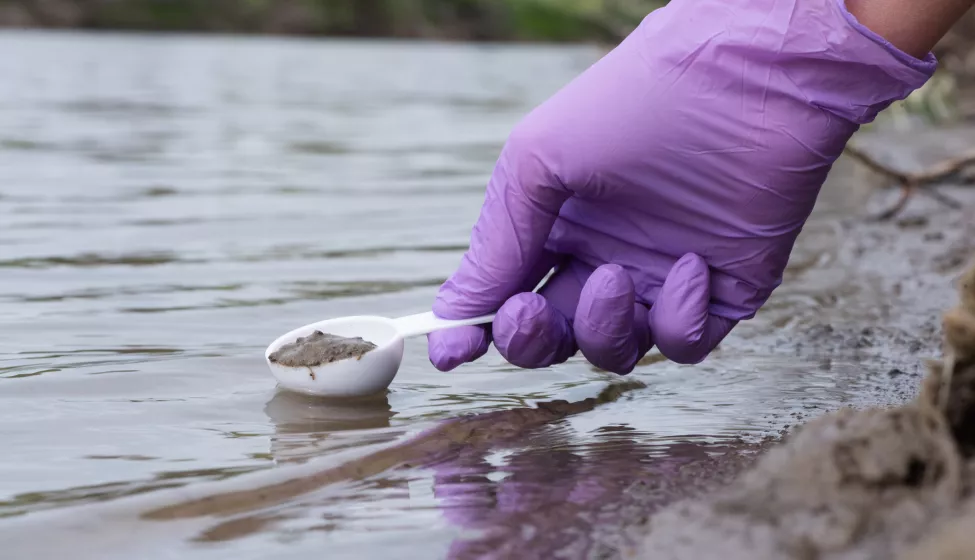November 21, 2024
Determining the potential toxicity of chemicals found in sediments to aquatic organisms depends on the bioavailability of the chemical itself — in other words, its ability to be taken up by organisms.
Various scientific approaches to assessing sediment toxicity are the subject of a research paper titled "A Review of Mechanistic Models for Predicting Adverse Effects in Sediment Toxicity Testing," published in the journal Environmental Toxicology and Chemistry. The paper is co-authored by Dr. Susan Kane Driscoll, Exponent senior managing scientist, along with colleagues from the Environmental Protection Agency, the oil and gas industry, and academia.
A survey of mechanistic modeling for sediment toxicity
The published research paper surveys the current state of mechanistic modeling related to research on contaminated sediment toxicity and whether these approaches can predict toxicity of contaminants to aquatic organisms.
The paper explores notable advances in the use of mechanistic models to predict concentrations of bioavailable contaminants and toxicity for non-ionic organic contaminants (NOCs) and divalent cationic metals and provides an overview of models for ionic/polar organic contaminants. The article also discusses the limitations in predicting toxicity for complex mixtures of sediment contaminants — identified by the authors as a "critical research need" going forward.

"A Review of Mechanistic Models for Predicting Adverse Effects in Sediment Toxicity Testing"
Read the full article
From the publication: "One key challenge in developing species sensitivity distributions for sediment contaminants and the subsequent modeling of sediment toxicity is that exposure concentrations depend on sediment properties influencing bioavailability."


